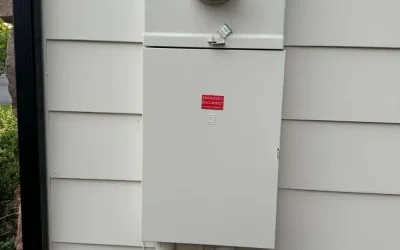It can be a little daunting at first glance, but navigating the basics of IEEE 519 is a matter of facing the unknown by getting down to the nitty-gritty of what the standard was intended to do in the first place.
In a nutshell, IEEE 519 was created to limit and potentially offset the negative effects of non-linear power-system loads. It’s simply a means of making sure that power-hungry industrial equipment is being used as responsibly as possible.
Established in 1981, the standard provides guidance and sets parameters concerning harmonics created by static power converters and additional non-linear power loads in an effort to avoid diminishing power quality.
The Nuts and Bolts ofIEEE 519
To better understand the need for the IEEE 519 standard, it’s important to define the concept of the non-linear load, as well as the frequency with which such loads are used in industrial settings. In a nutshell, a non-linear load is often introduced in the form ofa rectifier, and rectifiers are used day in and day out in industrial settings.
Your friendly neighborhood electrician would explain that a rectifier is any type of electrical equipment that enables an electrical current to flow through it in only one direction, thereby converting an alternating electrical current into a direct current.
Examples of rectifiers are arc discharge devices like electric welding machines, fluorescent lamps, electric welding machines, and arc furnaces. Due to the means in which the devices are operated, electrical currents within their systems are interrupted by switching actions, or converting currents, which causes distortion.
The IEEE 519 standard specifically addresses the level of harmonic distortion, or distortion caused by non-linear loads. Harmonic distortion is gauged by the distortion power factor, which is measured by how much the distortion of a load current diminishes the average power transmitted to that load.
The point of common coupling, or PCC, is a major component of the IEEE 519 standard, and one that has been often misunderstood and misinterpreted. Essentially, the PCC is the point at which a facility’s power supply is connected to a power source, but where this takes place has been a point of contention for some.
The standard also sets basic percentages for distortion allowed by individual non-linear loads. It’s worth noting that the standard is meant to be a guideline for an entire system, including non-linear and linear loads, but it can be challenging to determine compliance — especially during planning stages, when vital information regarding distortion output isn’t readily available.
Determining a facility’s compliance with the IEEE 519 standard is made much easier with the assistance of electrical professionals who are well versed in application of the standard.

